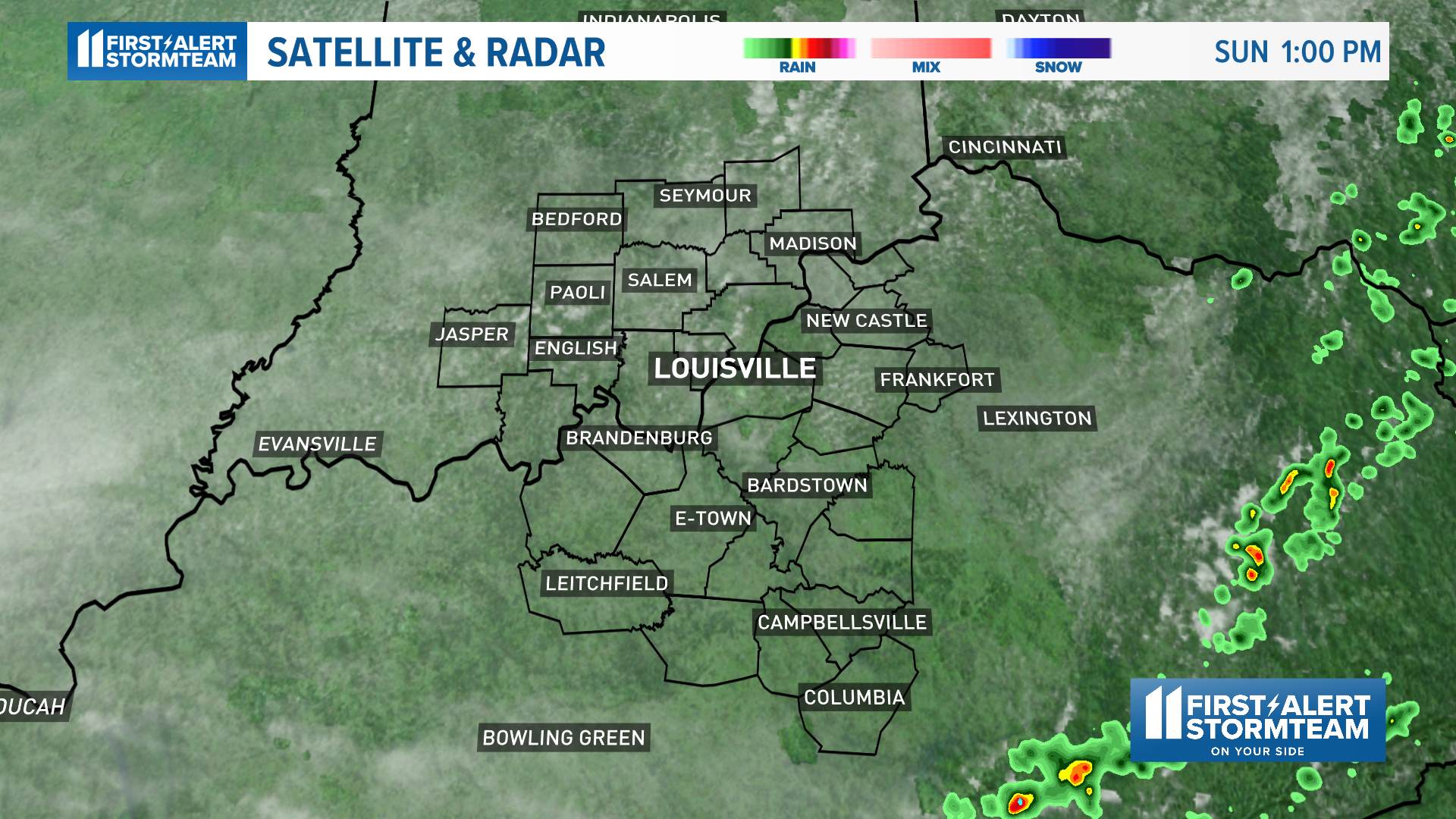Louisville Weather Radar Overview

The Louisville weather radar system is a state-of-the-art Doppler radar that provides real-time weather data for the Louisville metropolitan area and surrounding regions. The radar system is operated by the National Weather Service (NWS) and is part of a network of weather radars across the United States.
The Louisville weather radar system was first established in 1994 and has undergone several upgrades over the years to improve its capabilities. The current radar system uses dual-polarization technology, which allows it to distinguish between different types of precipitation, such as rain, snow, and hail. The radar also has a range of up to 250 miles, providing coverage for a large area of Kentucky and Indiana.
Coverage Area and Capabilities
The Louisville weather radar system covers an area of approximately 250 miles in radius, centered on Louisville, Kentucky. The radar can detect precipitation, wind speed and direction, and other weather patterns within this area. The radar data is used by NWS meteorologists to issue weather forecasts and warnings for the Louisville area.
Applications of the Louisville Weather Radar

The Louisville weather radar is an indispensable tool for predicting and tracking severe weather events, issuing timely warnings and advisories, and supporting various industries that rely on weather information.
Severe Weather Prediction and Tracking, Louisville weather radar
The radar’s advanced technology allows it to detect and monitor the movement and intensity of thunderstorms, tornadoes, hailstorms, and other severe weather phenomena. This real-time data enables meteorologists to forecast the path and severity of these events, providing valuable lead time for communities to prepare and take necessary precautions.
Issuing Timely Warnings and Advisories
Based on the radar data, the National Weather Service (NWS) issues timely warnings and advisories to alert the public about impending severe weather. These alerts provide specific information about the type of hazard, its location, and the expected time of arrival, allowing individuals and organizations to take appropriate action to stay safe.
Aviation and Transportation
The Louisville weather radar plays a crucial role in aviation and transportation safety. Pilots rely on radar data to avoid hazardous weather conditions, such as thunderstorms, turbulence, and icing, ensuring the safety of passengers and crew. Similarly, transportation companies use radar information to optimize routes and avoid delays caused by adverse weather.
Other Industries
Beyond aviation and transportation, the Louisville weather radar supports a wide range of industries that are sensitive to weather conditions. These include agriculture, energy production, construction, and outdoor recreation. By providing accurate and timely weather information, the radar helps businesses and individuals make informed decisions and mitigate potential risks.